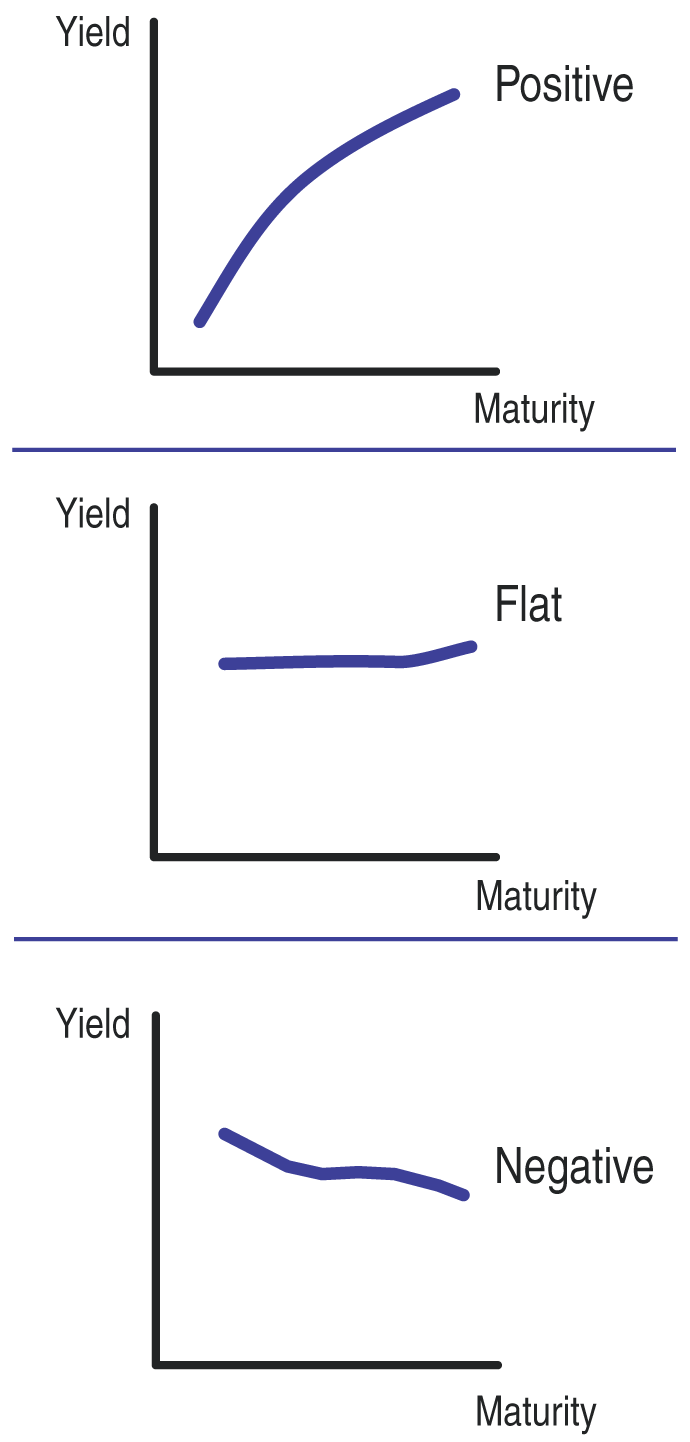INTERMARKET ANALYSIS
The Shape Of Things To Come
Understanding The Yield Curve Part 1
by Giorgos E. Siligardos, PhD
In this two-part series, you’ll get a comprehensive review of yield curve analysis and how it can be applied to making decisions in the stock market. In this first part, we’ll look at basic theory as well as some guidelines for how discretionary investors can use it to gauge the investing landscape.
Understanding macro perspectives can provide some added insight into your analysis. I touched on this idea in my August 2012 STOCKS & COMMODITIES article “Applying The Sector Rotation Model,” in which I introduced a simple indicator that can help quantify the flow of money between expansionary and recessionary stock market sectors. Quantifying the money flow will uncover the macro investors’ actions and projections about the entire stock market. In this article, I will focus on another interesting and useful analysis tool, directly from the arsenal of macroeconomics — the yield curve.
In this first part, I will outline the basic theory behind the yield curve and explain why it’s important for you to keep an eye on it for your long-term analyses. I will also discuss basic usage guidelines for discretionary investors.
WHAT IS THE YIELD CURVE?
Throughout this article, the term yield curve (YC) will refer to a curve created using the annualized yields-to-maturity (that is, the annualized interest rates paid when you use compound interest) of various government debt securities (GDS) of the same country across all possible maturities in a yield-maturity chart. Theoretically, the YC can take any shape, but it usually manifests itself in one of three varieties: positive, flat, and negative (see Figure 1).
- Positive YC: A positive YC (more commonly known as a normal YC) is upward sloping so that the further the maturity of a GDS, the higher its yield.
- Flat YC: A flat YC resembles a straight line, so that all GDS have more or less the same yield.
- Negative YC: The negative YC (also known as an inverse YC) is downward sloping, which means that the further the maturity of a GDS, the lower its yield.

FIGURE 1: THE THREE COMMON MANIFESTATIONS OF THE YIELD CURVE. A positive (that is, normal) curve is generally upward sloping so that the further the maturity of a GDS, the higher its yield. In a flat curve, all GDS have more or less the same yield. The negative (that is, inverse) curve is downward sloping so that the further the maturity of a GDS, the lower its yield. Other shapes of the YC (humped or V-shaped, for example) can appear, but the positive, flat, and negative ones are the most common.
Excerpted from an article originally published in the November
2013 issue of Technical Analysis of Stocks & Commodities magazine. All rights reserved. © Copyright 2013, Technical Analysis, Inc.
Return to Contents
